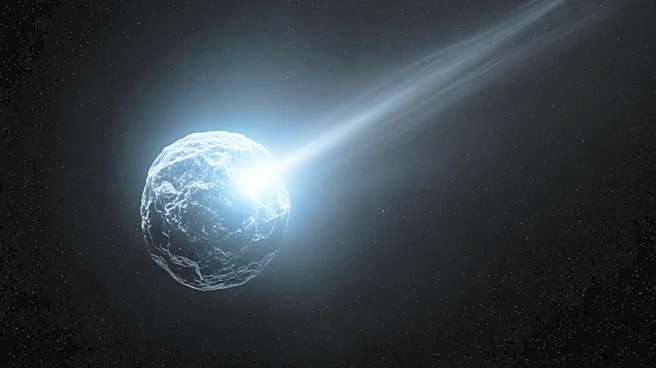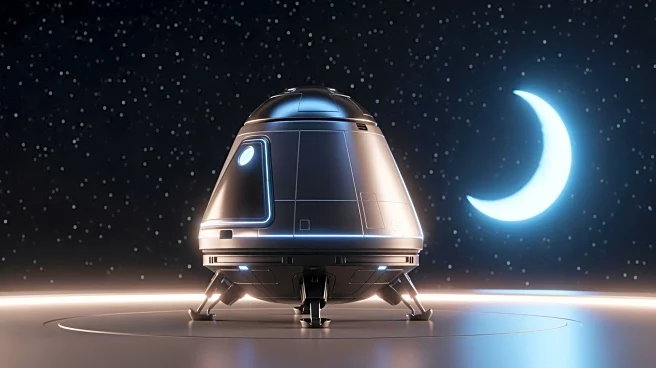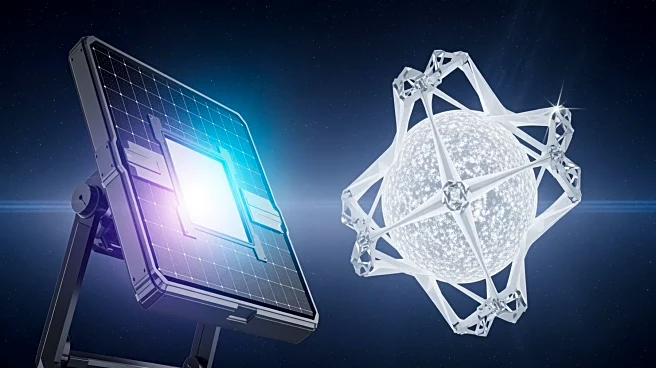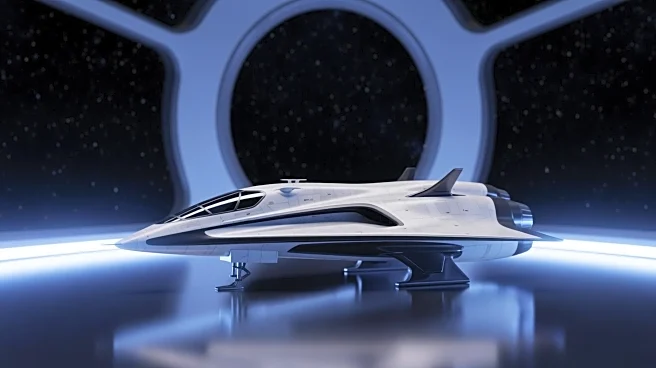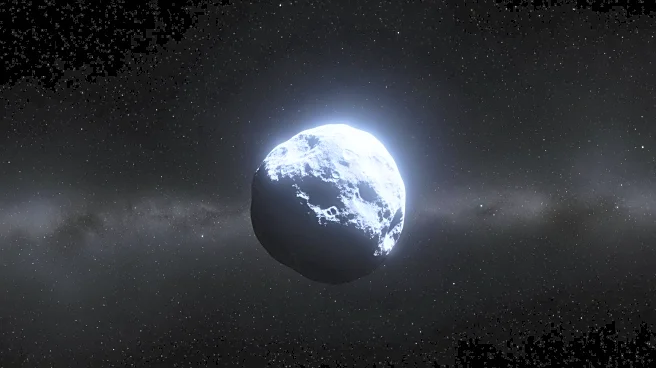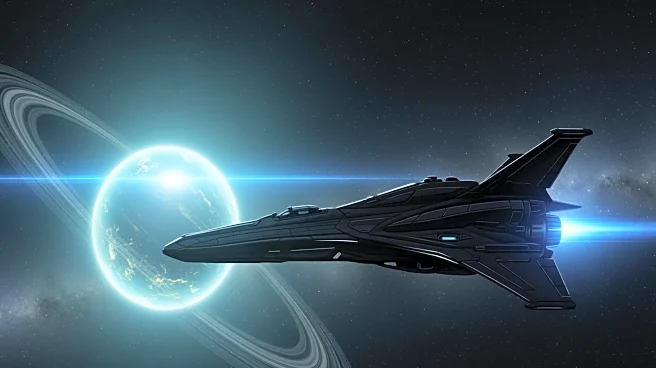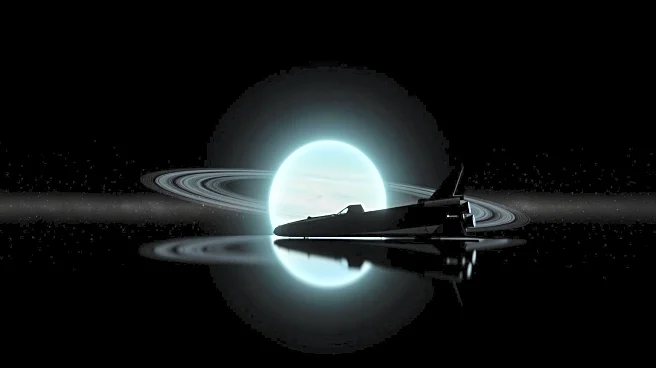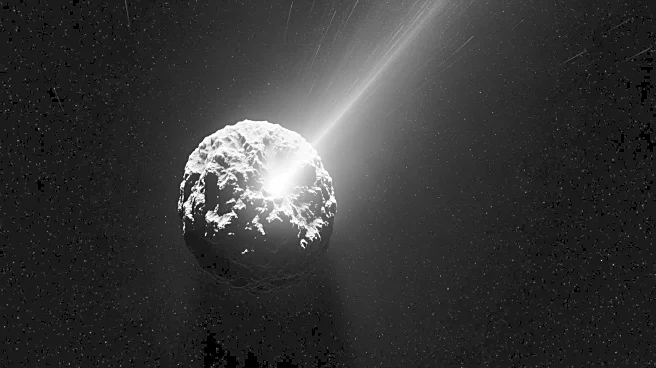What's Happening?
A clip from BBC's science presenter James Burke has recently gained viral attention due to its impeccable timing during the launch of Voyager 2 in August 1977. Burke, known for his show 'Connections',
captured the launch in what is considered one of the best-timed shots in television history. Voyager 2, part of NASA's Voyager program, was launched to study the outer planets and interstellar space beyond the sun's heliosphere. It was launched 16 days before its twin, Voyager 1, and remains the only spacecraft to have visited the ice giant planets Uranus and Neptune. The probe entered interstellar space on November 5, 2018, and continues to provide valuable data on the density and temperature of interstellar plasma.
Why It's Important?
The viral clip highlights the significance of Voyager 2's mission, which has provided unprecedented insights into the outer planets and interstellar space. The spacecraft's extended mission continues to contribute to our understanding of the universe, offering direct measurements of interstellar plasma. This ongoing exploration underscores the importance of space missions in expanding human knowledge and technological advancement. The renewed interest in Burke's coverage also reflects the enduring impact of media in documenting scientific achievements and inspiring future generations.
What's Next?
Voyager 2 remains in contact with Earth through NASA's Deep Space Network, continuing its mission to study interstellar space. As it travels further into the interstellar medium, it will likely provide more data that could reshape our understanding of space beyond the solar system. The continued operation of Voyager 2 serves as a testament to the durability and success of NASA's space exploration programs, potentially influencing future missions aimed at exploring distant regions of space.
Beyond the Headlines
James Burke's role as a science communicator during the Apollo missions and his work on 'Connections' highlights the critical role of media in bridging the gap between complex scientific endeavors and public understanding. His ability to convey the excitement and significance of space exploration has left a lasting legacy, demonstrating the power of storytelling in science communication. This viral moment serves as a reminder of the importance of preserving and sharing historical media archives to inspire and educate future audiences.


